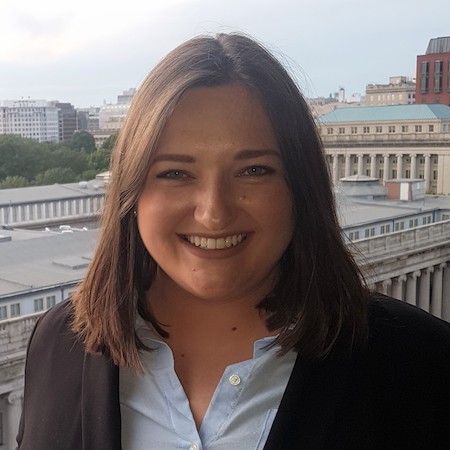The Mile High Science Policy Roundup | July 2024
Dear reader,
In the Roundup this month, we are not only sharing science-policy relevant stories from around the Centennial State, but also examining the future impacts of decisions, and posing questions to ponder and to be determined throughout decision-making processes. If something brings up questions for you, too, email us at [email protected] to join the conversation!
Let’s jump in.
SOMETHING IN THE AIR
Ozone season began in Colorado on May 31, and lasts through the end of August. As of June 30, there have been 15 Ozone Action Alert Days for high levels of ozone levels along the Front Range corridor, meaning half of the days last month have had elevated ozone concentrations that exceed the National Ambient Air Quality Standards (NAAQS). The topography along the Front Range is essentially shaped like a bowl, and can trap pollutants for days at a time. The Denver metro/north Front Range area is in a nonattainment status for both the 2008 and 2015 ozone NAAQS, and the deadline to reach attainment for the 2015 standard is August 3, 2024. If the region does not meet the standard, it will once again be downgraded and reclassified as “serious” nonattainment.
Following the end of the 2023 ozone season, the Regional Air Quality Council wrote that they saw “meaningful progress” to meeting the ozone standards and saw the fewest Ozone Action Alert Days since 2019, but acknowledged there is more work to be done. The RAQC is anticipating the downgrade later this year and has begun preparing draft modeling documents for the State Implementation Plan.
A PARTIAL TRUCE WITH OIL AND GAS
The 2024 legislative session ended in a tradeoff in the form of a truce between the oil and gas industry and environmental groups. The agreement ended the path for proposed competing ballot initiatives, which resulted in a bill to reduce nitrogen oxides (NOx) from upstream drilling operations and one to establish a new fee for oil and gas production to fund transit projects. The deal also came with a moratorium on enacting any future legislation affecting drilling or fracking in the state until 2028 to give time for the full rollout and impact of these policies to take place.
The decision-making table included three of Colorado's largest oil and gas producers and eight environmental groups in the state and both sides signed on to the agreement. Some questions still remain about what other additional policies the state will use to reach its climate goals and reduce ozone concentrations enough in the Denver metro area to reach EPA compliance. Another question that’s been raised is what additional perspectives need to be included in future negotiations, such as smaller oil and gas producers, community groups, and other environmental and conservation groups.
According to a new progress report on the Greenhouse Gas Pollution Reduction Roadmap, even without any additional regulatory or legislative actions, the state is only one year behind to reach the targeted 50% reduction in GHGs by 2030. Despite being on track with the previously identified actions, we hope that the state continues to work collaboratively across sectors. This is especially important as we continue to see the impacts of the actions currently underway and as new technologies and data arise, so we can reevaluate their impacts.
---------------------
Catch up on all Roundup posts here.

Engagement and Policy Specialist, Institute for Science & Policy
Disclosure statement:
The Institute for Science & Policy is committed to publishing diverse perspectives in order to advance civil discourse and productive dialogue. Views expressed by contributors do not necessarily reflect those of the Institute, the Denver Museum of Nature & Science, or its affiliates.
